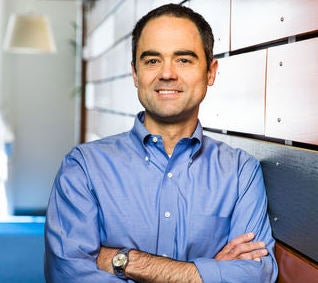
developers
-
Sep 2, 2022
How to Colorize Black & White Pictures With OpenVINO on Ubuntu Containers
Ever wanted to learn how to colorize monochrome pictures? You can use OpenVINO on Ubuntu containers to do just that! Learn more from our friends over at Ubuntu.
Read now
-
Aug 30, 2022
How to Set Up Your Local Node.js Development Environment Using Docker
Learn how to set up a local Node.js development environment using Docker with this step-by-step guide!
Read now
-
Aug 26, 2022
Community All-Hands Q3: What We’ll Cover
Our 6th quarterly Community All-Hands is almost here! Get the inside scoop on what we’ll cover and how to sign up.
Read now
-
Feb 12, 2021
How Developers Can Get Started with Python and Docker
To that end, we are excited to announce that we are releasing a series of programming language-specific guides to help developers go from discovering the basics of Docker to delivering your images into a production environment and more.
Read now
-
Jan 13, 2021
Top Developer Trends for 2021
What are the key trends relevant to development teams in 2021? Here the top picks from the Docker team.
Read now
-
Dec 28, 2020
Docker Captain Take 5 – Gianluca Arbezzano
“Docker Captains Take 5” is a regular blog series where we get a closer look at our Captains and ask them the same broad set of questions. Today, we’re interviewing Gianluca Arbezzano who has been a Docker Captain since 2016. He is a Senior Software Staff Engineer at Equinix Metal and is based in Italy.
Read now
-
Dec 22, 2020
Closing Out 2020 with More Innovation for Developers
Even though we are winding down the calendar year, you wouldn’t know it based on the pace at which our engineering and product teams have been cranking out new features and tools for cloud-native development. This post adds context around all the goodness that Docker recently released.
Read now
-
Dec 21, 2020
WSL 2 GPU Support is Here
Today we are excited to announce the general preview of Docker Desktop support for GPU with Docker in WSL2. There are over one and a half million users of Docker Desktop for Windows today and we saw in our roadmap how excited you all were for us to provide this support.
Read now






